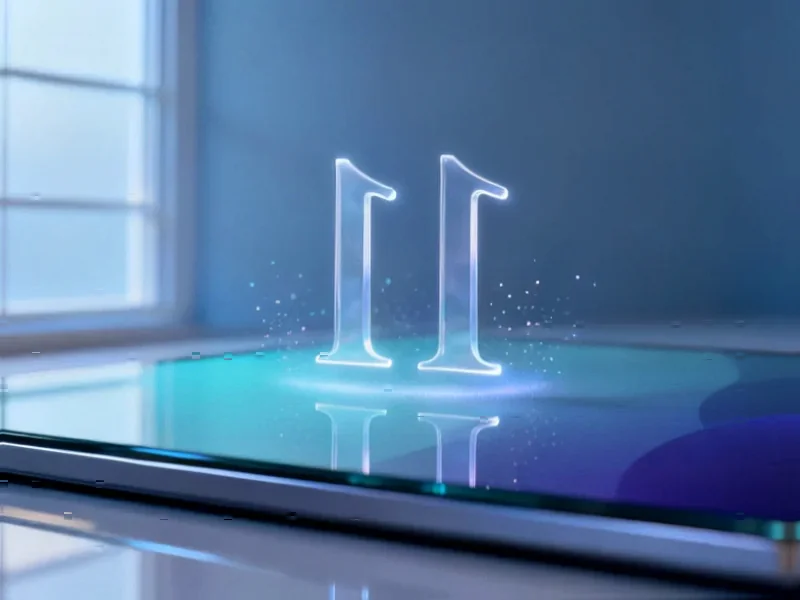According to SciTechDaily, researchers at the University of Houston have discovered that boron arsenide crystals can conduct heat even better than diamond, reaching thermal conductivity levels above 2,100 watts per meter per Kelvin at room temperature. The findings published October 10 in Materials Today challenge existing scientific models and represent a collaboration between UH’s Texas Center for Superconductivity, UC Santa Barbara, and Boston College. Professor Zhifeng Ren, the corresponding author, stated “We trust our measurement; our data is correct and that means the theory needs correction,” directly confronting previous models that capped BAs at 1,360 W/mK. The breakthrough was achieved by purifying raw arsenic and improving synthesis techniques to create cleaner crystals, with the research supported by a $2.8 million National Science Foundation grant and industrial sponsor Qorvo.
When Reality Breaks the Models
Here’s the thing about scientific predictions – they’re only as good as the assumptions they’re built on. Back in 2013, physicists predicted boron arsenide could rival diamond’s thermal conductivity. But then revised models in 2017 that added more complex phonon scattering processes basically said “nope, not happening.” Most researchers accepted that theoretical limit and moved on. But Ren’s team looked at those imperfect samples with their 1,300 W/mK readings and thought, wait a minute – what if we just make better crystals?
So they did. By purifying their source materials and refining their synthesis methods, they created crystals so clean they shattered the theoretical ceiling. The result? Measurements that not only beat diamond but left everyone scratching their heads about why the models got it so wrong. It’s a classic case of experimental data telling theory to take a seat.
More Than Just Bragging Rights
This isn’t just some academic curiosity that’ll gather dust in a lab notebook. We’re talking about a material that could fundamentally change how we manage heat in electronics. Think about your smartphone getting hot during intensive tasks, or data centers consuming massive amounts of energy just for cooling. Boron arsenide could be the solution we’ve been desperately needing.
What makes BAs particularly exciting is that it’s not just a fantastic heat conductor – it’s also a semiconductor with properties that might actually beat silicon. Higher thermal conductivity, wider band gap, better carrier mobility… it’s like someone made a wishlist of ideal semiconductor properties and BAs checked every box. As Ren put it, “It has the best properties of a good semiconductor, and a good thermal conductor — all sorts of good properties in one material.” That’s basically the holy grail for electronics designers.
The Road From Lab to Your Pocket
Now, before you get too excited about boron arsenide phones showing up next year, there’s still work to be done. The researchers are continuing to refine their materials, hoping to push thermal conductivity even higher. But the real challenge will be scaling up production and making it cost-effective for mass manufacturing.
The good news? It’s already easier and cheaper to make than diamond, which requires extreme temperatures and pressures. And with industrial backing from companies like Qorvo, there’s real momentum behind moving this from the lab to actual products. The published research represents a starting point, not the finish line.
What’s particularly refreshing about this discovery is the attitude behind it. Ren’s message to theorists – “You shouldn’t let a theory prevent you from discovering something even bigger” – serves as a powerful reminder that sometimes you need to trust your measurements more than your models. It makes you wonder what other materials are out there waiting to surprise us once we stop letting theory limit our expectations.




